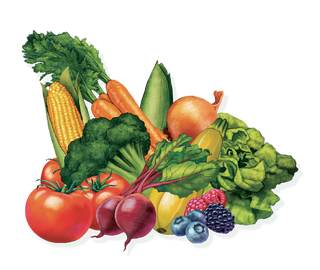Whether growing beets for greens, pickling, fresh eating—or all three, you'll find a wide selection of beet seeds for sale from Gurney's. We grow many beet varieties in our trial gardens, and select the best beets in terms of flavor, appearance and garden performance.
Beet Seeds from Gurney's
Choosing the Right Beet Seeds
Beets are a cool season crop and perform best in the spring and fall gardens. Grown for both their roots and green tops, beets are packed with fiber and nutrition including vitamins A and C. Beet greens can be added to salads or cooked. Beet roots are excellent roasted, baked, steamed and pickled. When people think beets, they often think of red beets, but golden, white and even striped beets are available. Beet roots may be round or cylindrical. When choosing beet seeds, start by considering how you want to use them.
Getting Started with Beet Plants
Beets are fairly easy to grow. They prefer full sun (6-8 hours of direct sunlight daily) and loose, well-drained soil.
How to Plant Beet Seeds
Although some gardeners start beet seeds indoors and transplant to the garden, most gardeners directly sow beet seeds into the garden. To speed up germination, many also soak beet seeds in warm water overnight before sowing. Beet seeds should be planted about 1/4 to 1/2 inch deep and about 3 inches apart. Water the seeds after sowing, and make sure the beet plants receive about 1 inch of water weekly.
Thinning Beet Plants
Because beet seeds are actually fruits that may contain several seeds, the beet plants should be thinned to a spacing of 3-4 inches between plants.
How to Harvest Beet Greens
The beet tops are most tender and best for eating raw at the small stages. If you want the beet roots to develop, only harvest a few leaves from each plant. The beet plants need the leaves to develop roots. Beet tops can also be cut off and used when you harvest the beet roots.
How to Harvest Beet Roots
Beet roots can be harvested at the immature or baby beet stage (this stage is best if eating raw) or at the mature stage (usually when they are about the size of a golf ball). If beets get larger than this, they are less tender and often have a woodier texture.
When harvesting beets, you can either dig them up with a garden fork (recommended if the ground is really hard and dry) or they can be pulled up by their tops.















